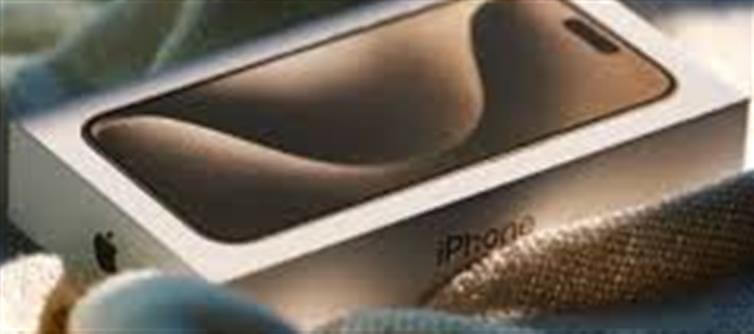
When you're considering purchasing a second-hand iphone, the excitement of getting a high-quality device at a lower price can cloud your judgment. However, it’s important to proceed with caution, as there are many pitfalls that could result in a significant loss. Here are 5 key things you must check before pulling the trigger on that second-hand iPhone:
1. Check the IMEI/Serial Number for Authenticity
The first and most critical step is to ensure the device is genuine and not stolen. IMEI (International mobile Equipment Identity) and serial numbers are unique identifiers for every iPhone.
· What to Do: Ask the seller for the IMEI or serial number and cross-check it with Apple’s official website or by contacting apple Support. This will tell you if the device is blacklisted, reported stolen, or still under warranty.
· Why It Matters: If the phone is blacklisted, it will be useless for use on most carriers and could be reported as stolen, leaving you stuck with a useless device.
2. Assess the Battery Health
Battery life is one of the first things to degrade on older iPhones. If you’re buying second-hand, you don’t want a phone that needs a replacement battery right away.
· What to Do: Go to Settings > Battery > Battery Health on the iPhone. Check the maximum capacity percentage. A healthy battery should be around 80% or above.
· Why It Matters: A significantly lower battery health means the phone's battery won’t last long, and you'll need to replace it soon—this can cost you extra.
3. Test All Hardware Functions
Before committing to a second-hand iphone, thoroughly test all the hardware features to make sure everything works as expected.
· What to Do: Check the camera, touchscreen responsiveness, buttons, charging port, speaker, microphone, and Face ID/Touch ID.
· Why It Matters: You could be stuck with a device that has significant issues, like a broken camera or faulty charging port, which may cost you extra to fix.
4. Ensure It’s Not Locked to a Specific Carrier
Many iPhones sold by certain carriers are locked to that carrier, meaning you can't use it with another network until it’s unlocked.
· What to Do: Verify that the iphone is unlocked and can be used with any carrier. Ask the seller if it's locked to a specific network, or check the status with the IMEI number.
· Why It Matters: A locked phone can limit your ability to use your preferred carrier or travel internationally with the device.
5. Confirm the Phone’s Condition and Look for Any Signs of Damage
Cosmetic damage, like cracks on the screen or body, can be a sign of neglect. Sometimes, these damages are superficial, but they can also hide more significant issues.
· What to Do: Inspect the phone visually for any cracks, scratches, or dents. Pay close attention to the screen, buttons, and ports. A high-quality second-hand iPhone should have minimal cosmetic damage.
· Why It Matters: Physical damage can indicate whether the phone has been mishandled or dropped. This could lead to internal issues, affecting performance.
Bonus Tip: Only Buy from Trusted Sources
Buying second-hand iPhones from well-known platforms like Amazon, Best Buy, or Apple-certified refurbishers can significantly reduce the risk of scams or fraud. Avoid purchasing from unreliable third-party sellers on lesser-known websites.
· Why It Matters: Platforms that guarantee authenticity and provide return policies will save you a lot of headaches down the line.
Conclusion: Don’t Let the Bargain Blind You
Buying a second-hand iphone can be a smart move to save money, but it requires careful attention to detail. By checking the IMEI number, testing battery health, inspecting hardware functions, ensuring it’s unlocked, and verifying the phone’s condition, you’ll minimize the chances of buying a phone that will lead to frustration or unexpected costs. Always stay informed and don’t rush into the deal to avoid suffering from a huge loss later on.
Disclaimer:
The views and opinions expressed in this article are those of the author and do not necessarily reflect the official policy or position of any agency, organization, employer, or company. All information provided is for general informational purposes only. While every effort has been made to ensure accuracy, we make no representations or warranties of any kind, express or implied, about the completeness, reliability, or suitability of the information contained herein. Readers are advised to verify facts and seek professional advice where necessary. Any reliance placed on such information is strictly at the reader’s own risk..jpg)




 click and follow Indiaherald WhatsApp channel
click and follow Indiaherald WhatsApp channel